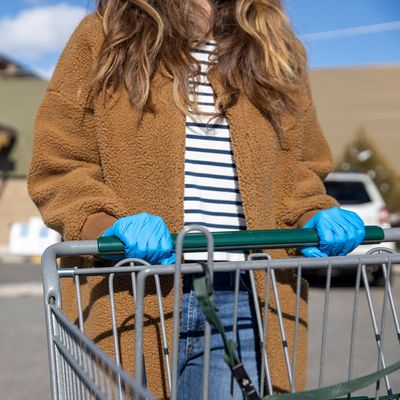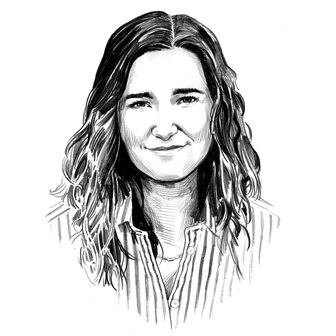
Yesterday, the World Health Organization (WHO) estimated that asymptomatic transmission is responsible for 16 to 40 percent of coronavirus cases — a fairly weird-seeming, large range, made all the weirder by the fact that the previous day, the organization said asymptomatic transmission was “very rare,” prompting dozens of headlines excited by the seemingly great news.
Dramatic reversals in guidance and wisdom have become something of a running theme throughout this pandemic, frustrating civilians as well as the public-health experts who’ve become spokespeople (and in some cases, quasi-celebrities) to the masses. Early reports that the coronavirus could spread via surfaces like cardboard boxes and paper bags led some to bleach their groceries — but the CDC has since said the coronavirus “does not spread easily” through surfaces (plus, you really shouldn’t bleach your food).
When we were told that COVID-19 primarily sickened older people, some young people felt emboldened, and when they, too, got sick, agencies updated their messaging accordingly. And while young children were initially thought to be largely impervious to COVID-19, that belief was undercut by emerging reports of children who tested positive for the coronavirus becoming sick with something similar to Kawasaki disease — an inflammatory syndrome now known as MIS-C. These reports raised considerable alarm, as well as questions about how schools might reopen safely.
Perhaps the most notable instance of coronavirus whiplash involves masks, which were initially dismissed as basically useless. In response to national shortages — and, crucially, because health experts told us masks wouldn’t help — the Cut published a story called “Seriously, Stop Buying Masks” on March 3. Things have changed, and rapidly — in early April, the CDC officially recommended that people wear cloth face coverings in public to slow the spread of coronavirus. In mid-April, Governor Andrew Cuomo required they be worn across New York. After holding out for months, the WHO finally joined calls for public masking earlier this month.
These updates are perhaps unavoidable when a world with internet access watches a pandemic unfold in real-time. COVID-19 is a new disease without a cure and without a vaccine, and epidemiologists are learning new information all the time. Updating the public as new information becomes available is the responsible thing to do. The updates’ necessity does not, however, make them any less frustrating, or disorienting, to a public that’s quickly grown accustomed to largely (though not universally) foreign practices like social distancing and wearing masks outdoors. This is a strange disease, with unintuitive symptoms and increasingly complex ramifications.
There are, however, things we do know for sure. The coronavirus pandemic is especially hard on the Black community, on people with preexisting conditions and poor people, and people with intellectual disabilities. It was once a popular refrain that the coronavirus “doesn’t discriminate” — that anyone could get the virus, so everyone needed to exercise caution. Like so much else we’ve been told about this disease, that was an oversimplification. It’s true that anyone can get sick and die, but disadvantaged groups are disproportionately burdened. The truth is uglier than the story we were sold.
When, for a few hours, it seemed the WHO had told us we could stop worrying (or at least worry less) about spreading the coronavirus if we were symptomless, it felt good. It felt infuriating, too — why did we stay home for months on end, enduring isolation, depression, and loss of work, if we weren’t such a risk? — but the relief soon won out. For a moment I allowed myself daydreams of visiting my family sans mask. As long as I don’t have symptoms, I thought, maybe I’m fine.
But then, the comedown: I can’t yet stop worrying, and neither should you; it is still on us to protect each other as much as ourselves. Part of the reason all the back and forth public-health messaging is so frustrating is because we all want someone who knows more to tell us what’s going to happen next, and for them to be right. But part of it — less righteous, but no less real — is our unyielding desire for normalcy, and the endless reminders it’s not coming back.


